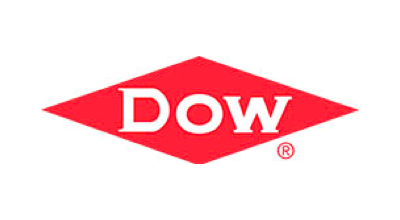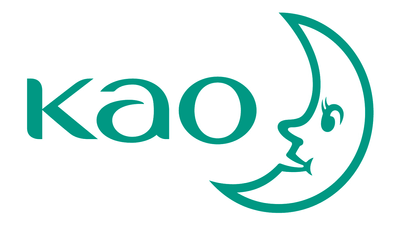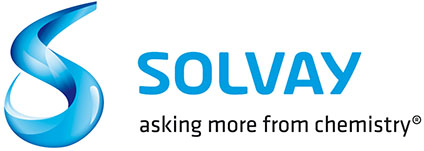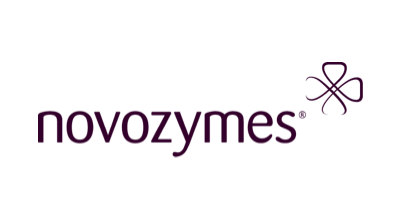Homecare & Industrial Cleaning Ingredients
Homecare & Industrial Cleaning Ingredients

Applications in Home & Industrial Cleaning
Latest Home & Industrial Cleaning Trends
Supporting Defunkify’s sustainable cleaning goals with enzymatic ingredient formula and recyclable packaging
Supporting Defunkify's sustainable cleaning goals with enzymatic ingredient formula and recyclable packaging Read how we provided formulation guidance and benchmark testing to support the transition from single-use plastic packaging and optimized a new formula with best-in-class enzymes. Defunkify is an emerging company on a journey to continuous improvement, determined to provide the market with environmentally conscious, safe, high-performing home cleaning products reliant on green chemistry. CBS joined this journey to help Defunkify reformulate its liquid laundry detergent and replace single-use plastic packaging with an easily recyclable non-plastic container. Our homecare and industrial cleaning formulation laboratory at the Houston Solution Center conducted performance testing to validate that the new laundry formula will perform compared to the competitive benchmarks. This testing included multiple rounds of stain swatch cleaning, varying enzyme lead and dosage levels on protease-responsive and surfactant-responsive stains. Additional testing was conducted on swatches containing extracellular DNA (eDNA), which correlates to body grime and odor elimination. With Defunkify’s mission to produce environmentally safe, low-impact products came a variety of standards the formula must meet: EPA Safer Choice, Green Seal, Environmental Working Group (EWG) Verified Guide to Healthy Cleaning, Leaping Bunny, Whole Foods Standards, Target Clean Criteria, no sulfates, 1,4-dioxane regulations compliant, and readily biodegradable. We provide regulatory support to help customers attain NGO approvals and meet these standards. Being a global company with an extensive North American footprint and reliable supply chain solutions, Cbs was able to assist with the transition from U.S.-based production to Canada and provide continuity of supply and logistics support. Building on the success of the enzymatic liquid laundry detergent, we also helped Defunkify optimize and expand their sustainable cleaning product line, including its stain remover spray, powder detergent, dishwasher detergent, and hand dishwash (launching soon).
Top five (5) cleaning factors for tunnel car washes
Top five (5) cleaning factors for tunnel car washes The top five factors that go into cleaning for tunnel car washes include: 1. Time Specifically, dwell time, or how long the pre-soap sits on the car. Owners want to push vehicles through their tunnels as quickly as possible but need the correct dwell time to clean the car efficiently. They should also be mindful of the point of diminishing returns – if a vehicle sits too long with soap on its surface, then the soil will then redeposit back on the car. Univar Solutions offers a portfolio of raw cleaning ingredients and materials that can help reduce soil redeposition. 2. Temperature Usually, with washing, the adage is that the hotter, the better. However, car wash facility operators should recognize that the chemistries aren’t as effective once you get too hot. For example, non-ionic surfactants become less stable. Seasonality also plays a role, as ambient temperatures can influence the car’s surface temperature, especially in Texas and other states with hotter summers. Alternatively, some tunnel car washes choose to heat the water during colder seasons for more temperature action to clean vehicles more effectively. 3. Mechanical action This includes scrubbing, brushing, and pressurized water usage. Touchless car washes mainly rely on high-pressure water for their mechanical action. This is the preferred choice for owners who don’t want to invest in pricey tunnel car wash equipment. However, preventative mechanical maintenance must be provided, regardless of the wash type, to keep the pumps, nozzles, tips, tubing, and pressure systems working well. If not adequately maintained or low-quality products are used, dirt and soil particles can be dragged across car surfaces (especially if not lubricated correctly) and easily cross-contaminate or scratch other vehicles. Other factors will also need to be increased to compensate for poor equipment efficacy. 4. Chemical action Simply put: Car wash tunnel chemicals can make or break the operation. As the chemistry has evolved over the years – and continues to do so – it has created a need for stricter attention to the delicate balance between the cleaning products, friction, and other applications working in tandem at such a fast pace. Car wash owners must also conduct more investigative research about their locations and the best cleaning solutions for their customers. For example, lower pH (acidic) presoaks will work best for inorganic soils, whereas higher pH presoak products are ideal for organic material and neutralizing acid on vehicle surfaces. Applying one right after another creates an exothermic reaction, releasing heat that can be useful during washing. Additionally, water hardness and content vary across the country and can change at the same wash throughout the year. Ensuring chemistry is compatible with each site’s water is essential to eliminate scale build-up that will reduce soap efficacy and the equipment’s lifespan. The water’s pH level will also affect a wash’s cleaning and drying ability. Knowing what type of water a wash uses can help troubleshoot many issues. Eco-friendly ultra-concentrated products help reduce waste and lessen environmental impacts. Enzymes may play a role in the future of car wash cleaning ingredients as they have for dish and laundry cleaning ingredients. 5. Procedures At many tunnel car wash locations, there is still a human interaction element that goes into the cleaning process – from hand waxing at the end to tire shining, towel drying, or refilling the chemistries. Following the proper procedures is crucial for car wash workers at every level. An unchecked imbalance of any of these factors can be detrimental to the quality of the end result. Although too much soap might look appealing to customers, it can be difficult to rinse entirely off or may leave spots and streaks during the finishing applications. Conversely, if operators are aware of these issues or battling environmental elements, they can compensate one factor with another for a positive effect. For example, suppose the temperature is lost because of weather or seasonal conditions. In that case, it can be made up by increasing the chemical action or slowing down the conveyor to increase the vehicle’s time for optimized cleaning.
What are sustainable surfactants?
Surfactants and sustainability: An introductory guide for homecare and industrial cleaning applications What are sustainable surfactants? Through this introductory guide, our technical experts discuss key factors to consider when purchasing or formulating with more sustainable surfactants. Challenge: Surfactants, or surface-active agents, are compounds that lower the surface tension of materials in a formulation. Functions include cleaning, dispersing, wetting, foaming and antifoaming, and emulsifying across industries and applications. With ESG goals reshaping the future of clean, how can formulators determine the sustainability of raw materials and ingredients when no standard global definition exists? Solution: With today’s sustainable surfactants, the chemistries exist to provide the features and benefits consumers want in their products. This guide includes key technical considerations, examples of sustainable solutions formulated for consumer and industrial applications, and other helpful guidance to help formulators understand and meet product sustainability attributes.
